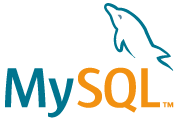Let’s see if we can change the world together.
My mission is to share my unique approach, diverse skills, relentless drive and fearlessness of failure to help those I interact with grow and develop, solve complex problems and put a dent in the universe.
Work Kevan
Kevan has spent his career at startups at various stages from pre-series A, through fast paced growth, to IPOs and beyond. He has a knack for sussing out the real problems of internal and external customers, process inefficiencies and building highly collaborative and accountable teams.
He thrives in an environment that is perpetually shifting, somewhere he is constantly being as challenged to learn as he is to guide and teach.
He earns trust from teams and customers, which, to him, comes from true collaboration. This type of collaboration is built upon mutual understanding, strong opinions weakly held, resolved conflict and results.
He is as proficient in Nerd Tongue as he is fluent in CEO Speak, and believes that his job is as much storyteller as it is organizational sherpa.
He is particularly passionate about product development, optimization, engineering, leadership, team building and his side hustles entrepreneurial endeavors.
Home Kevan
Kevan is based in Chicago, IL with his goldendoodle, Toby.
You can find out more by following his Mastodon or reading his blog.
Soft Skills
- Servant leadership
- Agile software development
- Scrum
- Lean
- Kanban
- Team building
- Data driven story telling
- Mentoring to those below, at and above his current level
Technical Skills
Certifications
- Certified Scrum Product Owner—Lowell Lindstrom, Scrum Alliance—October 2018
- Conversion Rate Optimization & Digital Analytics Certifications—ConversionXL Institute—2017
- Optimizely X Web Expert, Strategy Foundations, Technical Foundations— Optimizely Academy—2017
- Six Sigma Green Belt—DePaul University—2013
- Mentoring to those below, at and above his current level
Peapod
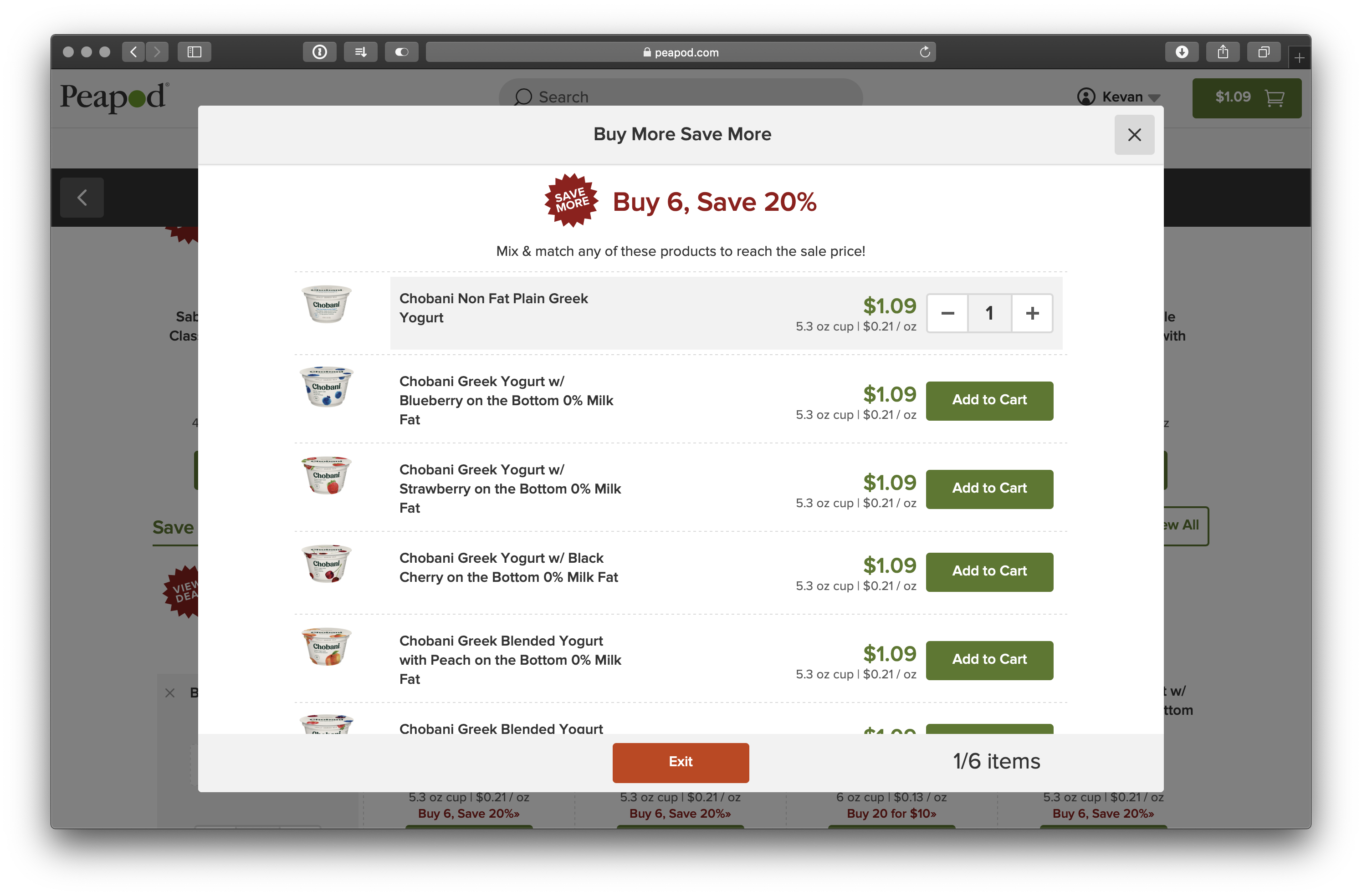
YoMo
YoMo (a portmanteau of Yogurt Modal) was our first stab at building a build your own sale program at Peapod. If you've ever purchased yogurt at a grocery store, you know the concept: you get to pick your flavors and assuming you meet the minimum for the sale, you get the sale price.
Our thought was: why can't more sales be just like this?
We built a flexible interaction model that allowed for all sorts of product combinations—imaging getting a deal on all the ingredients to make a cheese and charcuterie board—while giving pertinent feedback to shoppers and utilizing existing internal tools to populate the offers.
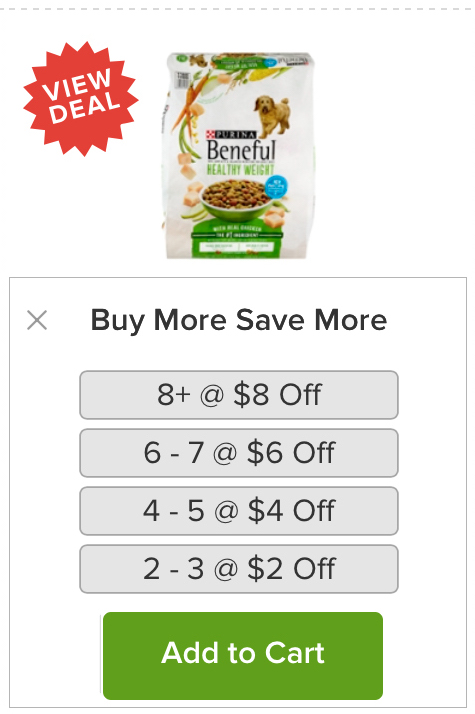
StrikerBox
Phase two of Peapod's build your own sale program was the ability (and encouragement) to buy in bulk—think shopping at Costco, Sam's Club or Jet.com.
The idea was spawned from the striker game often seen at carnivals to test a patron's strength.
Similar to swinging the mallet down, the more items a customer adds to their cart, the more visual feedback they get and, more importantly, the more money they save.
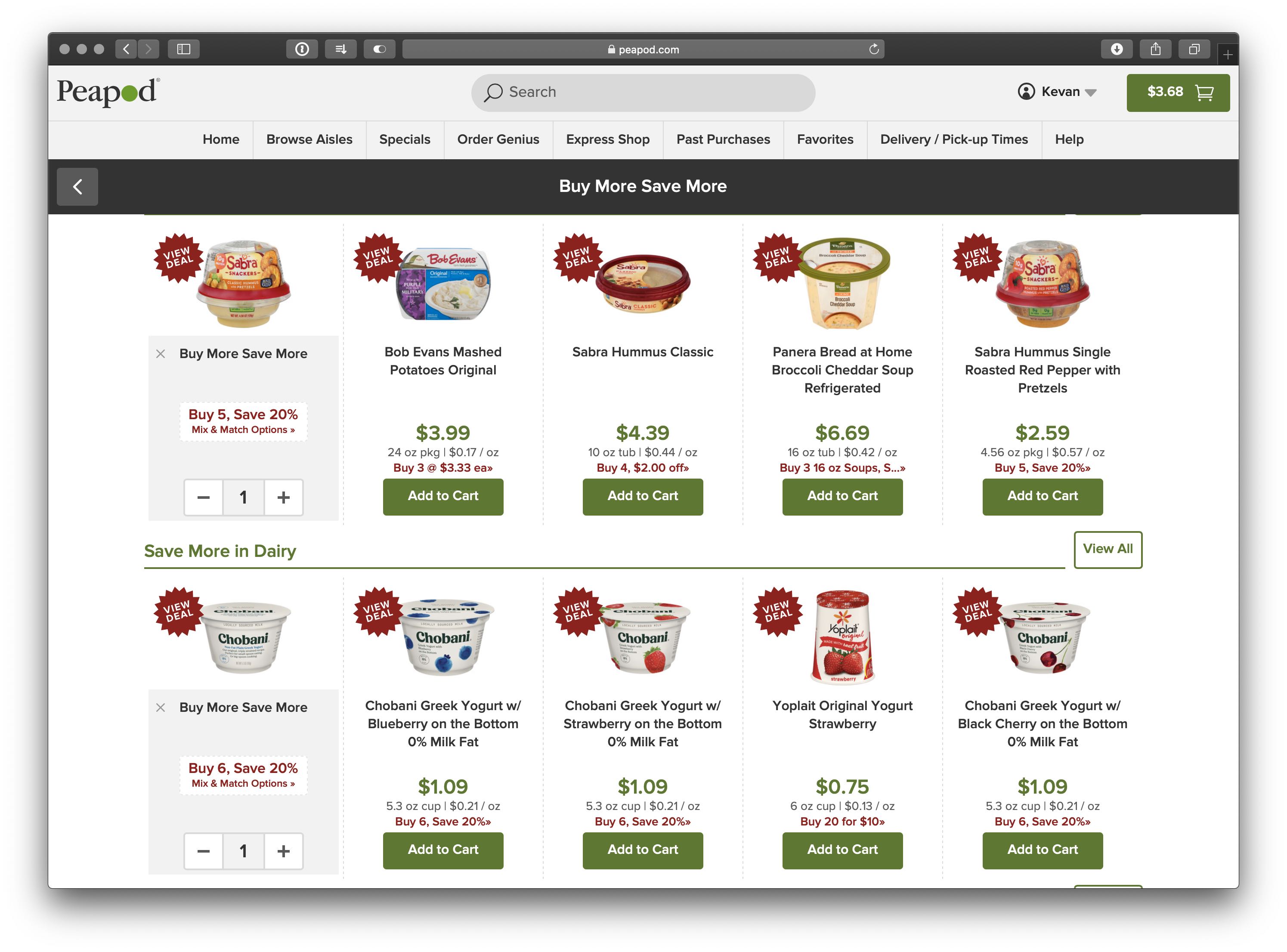
Yo'Striker
After the first two features went live we started getting data from customers on how they would use the feature, we began working on a third iteration—a combination of the feedback from YoStirker with the offer flexibility of YoMo.
The meld of the concepts was wildly successful and took a program average 5k a week in incremental sales to over 55k through 2018
Build. Test. Learn. Tell stories.

Fill My Cart
One of the most interesting things about working at the world's first grocery delivery company, is that it is extremely mature.
Chats and ideation sessions often come to a point where some of the old guard remembers trying a "new" idea in the past or that the feature exists, but is underutilized by customers.
Peapod has had a feature to quickly reorder your last order with the press of a button and something like 5% of returning customer orders start with this feature.
Unfortunately the feature is easily missed and only visible on the homepage while a customer has nothing in their cart.
The goal was to get more new early lifecycle customers to their next order faster. With some fresh UI we moved from that roughly 5% utilization to 19%—a 250% lift.
Peapod Team
I don't care what happens as long as we continue to get to work with you and in the way you've shown us.
GrubHub

Lunch Money
Lunch Money was an app that analyzed GrubHub order data to prove that corporate orders were being placed on the consumer platform—far outside the Seamless Corporate Sales teams reach in New York.
Leveraging consumer orders, Amazon's Mechanical Turk and LinkedIn, Lunch Money turned from proof of concept to hot lead tool for the Corporate Sales team.
Lunch Money allowed the Corporate Sales team to expand westward and close a 2M deal in its launch week. If you or your office use work.grubhub.com there's a good chance GrubHub found you using Lunch Money.
Cuisine Tag Taxonomy
GrubHub had 136 "cuisine tags" that were manually assigned to new restaurants as they came on to the platform. They spanned specific items to regional and ethnic varieties of food.
GrubHub wanted a way to automate the selection of tags about restaurants and to train a new ML recommendation engine for search that used the cuisines and items dinners ultimately purchase after searching for a specific cuisine.
The link below is to a static version of a dictionary that GrubHub still uses today to manually adjust tags through their Customer Service and Updates teams. A similar tool was used during a project to retag (at the time) all 35k restaurants and train the new engine.
View static siteTracker
Tracker was an app to track the attendance and adherence to various policies for hourly employees. It supported notifications, various levels of permissions and was used in financial reporting for GrubHub's Operations. team..
View static site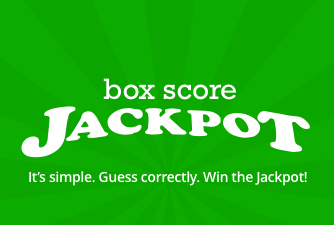

Leave
Leave is a mobile payment solution for bars and restaurants. Leave enables patrons to open and close tabs from their phone—saving them and securing their credit card and ID.
Close out your tab with LeaveIf you've made it this far, perhaps send me an email?


